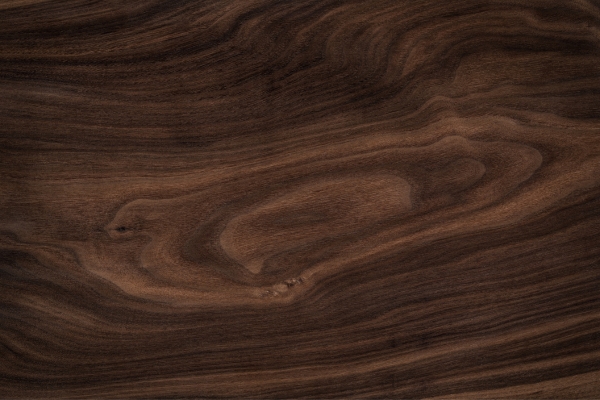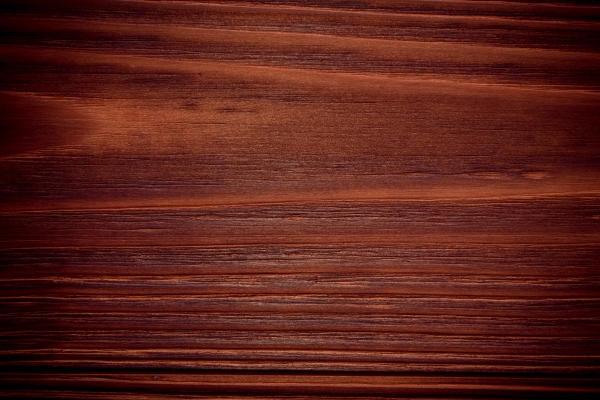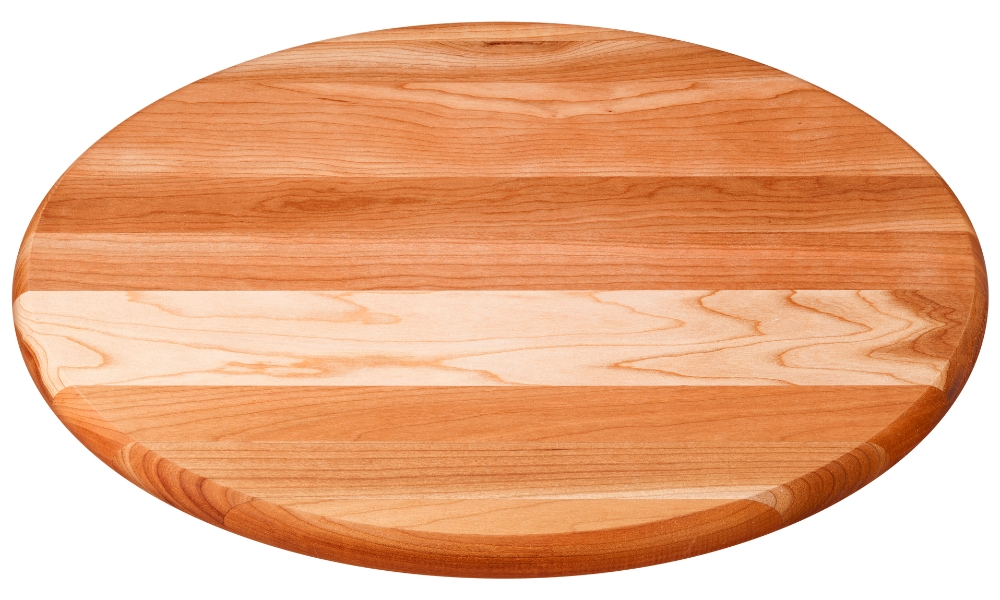Choosing the right wood for a cutting board is crucial for any kitchen, whether you are a professional chef or a home cook. When it comes to determining what type of wood is best for a Cutting board, several factors come into play, including durability, hardness, and maintenance. The best cutting boards are made from woods that are dense enough to withstand daily use but not so hard that they dull your knives. In this guide, we will explore the characteristics of various wood types to help you decide what type of wood is best for a board, ensuring that your investment lasts for years and enhances your cooking experience.
How Often Should I Oil My Cutting Board?
Choosing the Good wood for a cutting board is essential for maintaining a functional and long-lasting kitchen tool. When considering what type of wood is best for a board, one must take into account the frequency of maintenance. Regular oiling is crucial to keep the wood hydrated, prevent cracking, and maintain its appearance. It is generally recommended to oil your board once a month or whenever it starts to look dry. Using food-grade mineral oil or a specialized cutting board oil will help preserve the wood and extend the life of your cutting board.
Are Bamboo Cutting Boards Better Than Hardwood Ones?
Many people wonder if bamboo cutting boards are better than hardwood ones. While bamboo is a sustainable and eco-friendly option, it is harder than most hardwoods, which can lead to quicker knife dulling. Hardwood cutting boards, such as those made from maple, walnut, or cherry, offer a balance between hardness and knife-friendliness. These woods are durable yet gentle on knife edges, making them a preferred choice for many chefs and home cooks alike. Therefore, when deciding what type of wood is best for a cutting board, it’s essential to weigh the benefits and drawbacks of bamboo versus hardwood.
Importance Of Choosing The Right Wood For A Cutting Board
The importance of choosing the right wood for a cutting board cannot be overstated. A good cutting board not only provides a sturdy surface for food preparation but also enhances food safety and hygiene. Wood types like maple, walnut, and cherry have natural antimicrobial properties, which help reduce the risk of bacterial contamination. Additionally, the right wood choice can significantly impact the longevity and maintenance of your cutting board. By selecting the best wood for your needs, you ensure that your board remains a reliable and safe kitchen tool for years to come.
Characteristics Of Ideal Wood For Cutting Boards
1. Durability And Hardness
When considering thecutting boards strike a balance between being hard enough to resist deep cuts and scratches yet soft enough to avoid dulling your knives. Hardwoods such as maple, walnut, and cherry are popular choices because they provide the perfect combination of toughness and longevity, ensuring that the cutting board can withstand regular use without significant wear and tear.
2. Grain Structure
Another crucial factor is the grain structure of the wood. Tight, closed grain woods are ideal for cutting boards because they offer a smooth surface that is less likely to harbor bacteria and food particles. Open grain woods, on the other hand, tend to have larger pores, which can trap food and make the board more difficult to clean. Woods like maple and walnut have tight grain structures that make them hygienic and easy to maintain, thus being preferable options when determining what type of wood is best for a cutting board.
3. Porosity And Moisture Resistance
Porosity and moisture resistance are also key characteristics to consider. Highly porous woods can absorb liquids, which not only makes the cutting board more prone to stains and odors but also increases the risk of bacterial growth. Woods like maple and cherry are less porous, meaning they resist moisture better and remain more sanitary over time. This moisture resistance is vital for ensuring the board’s durability and keeping it safe for food preparation.
4. Maintenance And Care
Lastly, maintenance and care are essential aspects of choosing the right wood for a cutting board. Some woods require more frequent oiling and maintenance to keep them in good condition. For instance, maple and walnut cutting boards need regular oiling to maintain their moisture resistance and prevent cracking. Proper care, including regular cleaning and oiling, extends the lifespan of the board and keeps it looking and functioning at its best. By considering these characteristics, you can make an informed decision about what type of wood is best for a cutting board, ensuring you select a product that meets your needs and lasts for years.
Popular Types Of Wood For Cutting Boards
1. Maple

Maple is one of the most popular choices for cutting boards due to its hardness and durability. It has a tight grain structure that makes it resistant to cuts and scratches while being gentle on knives. Maple is also less porous than many other woods, which means it is less likely to absorb moisture and harbor bacteria. Its light color and fine texture make it a visually appealing option for any kitchen.
2. Walnut

Walnut cutting boards are highly sought after for their rich, dark color and attractive grain patterns. It is slightly softer than maple, which makes it even kinder to knife edges while still offering excellent durability. The wood’s natural antimicrobial properties add to its appeal, making it a safe and hygienic choice for food preparation. Regular oiling helps maintain its beautiful appearance and ensures longevity.
3. Cherry

Cherry wood cutting boards are known for their stunning reddish-brown color that deepens over time. It is softer than both maple and walnut, providing a surface that is very knife-friendly. Its tight grain structure prevents food particles and bacteria from getting trapped, making it easy to clean and maintain. With proper care, cherry cutting boards can last for many years, adding a touch of elegance to your kitchen.
4. Bamboo

Bamboo is an increasingly popular choice for boards, thanks to its eco-friendly and sustainable qualities. It is harder than many traditional hardwoods, which can make it tougher on knives. However, bamboo’s natural resistance to moisture and bacteria makes it a hygienic option. Bamboo cutting boards are lightweight, easy to maintain, and offer a modern aesthetic, making them a practical and stylish addition to any kitchen.
5. Teak

Teak is prized for its exceptional durability and natural resistance to moisture and bacteria. The high oil content in teak makes it less likely to warp or crack over time, even with regular use and washing. Teak’s beautiful golden-brown color and unique grain patterns add a touch of luxury to your kitchen. While it is one of the more expensive options, its longevity and low maintenance requirements often justify the investment.
6. Acacia

Acacia wood cutting boards are valued for their beautiful grain patterns and rich colors ranging from light to dark brown. It is a durable hardwood that resists scratches and is gentle on knives. It has natural antibacterial properties and is relatively resistant to moisture, making it a hygienic choice. Acacia boards require regular oiling to maintain their luster and longevity.
7. Purpleheart
Purpleheart wood stands out for its unique and striking purple hue, making it a visually appealing choice for boards. It is a very dense and durable hardwood, providing excellent resistance to wear and scratches. However, its hardness can be tough on knives. Purpleheart’s tight grain structure helps prevent bacterial buildup, and with proper care, it can be a long-lasting and distinctive addition to your kitchen.
8. Pine

Pine is a softwood, and while it is less commonly used for cutting boards due to its softness, it can still be a functional and economical option. It boards are lightweight and easy to handle but tend to show cuts and scratches more readily. They require more frequent maintenance and oiling to prevent damage and maintain their appearance. Pine is best suited for light-duty use or as an affordable entry-level board.
9. Cedar

Cedar wood is known for its aromatic properties and natural resistance to moisture and pests. However, it is a softer wood and can be easily scratched and damaged by knives. Cedar boards are more decorative and are often used for serving rather than heavy-duty chopping. The wood’s pleasant scent and attractive grain make it a charming addition to the kitchen, but it requires gentle use and regular care.
Conclusion
Choosing the right wood for a cutting board depends on your specific needs and preferences. Durable hardwoods like maple, walnut, and cherry are excellent for regular use, providing a balance of durability and knife-friendliness. Bamboo and teak offer sustainable and moisture-resistant options, while acacia and purpleheart add unique visual appeal. Softer woods like pine and cedar can serve as affordable or decorative choices but require more care. By considering these popular types of wood and their characteristics, you can select a board that will serve you well and enhance your culinary experience.
